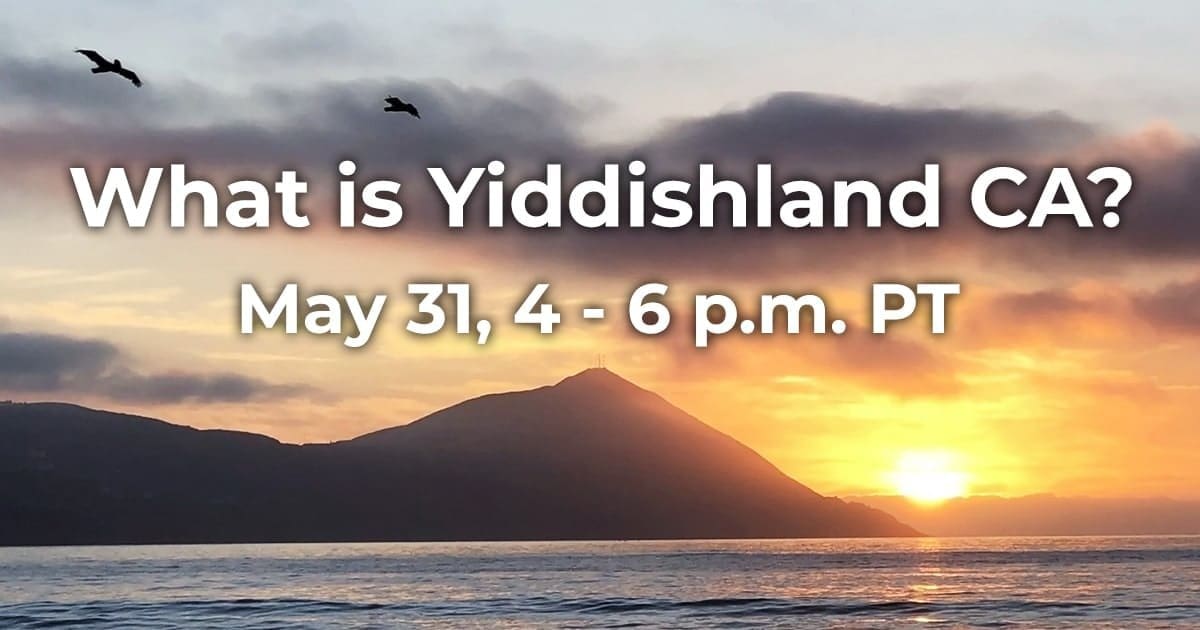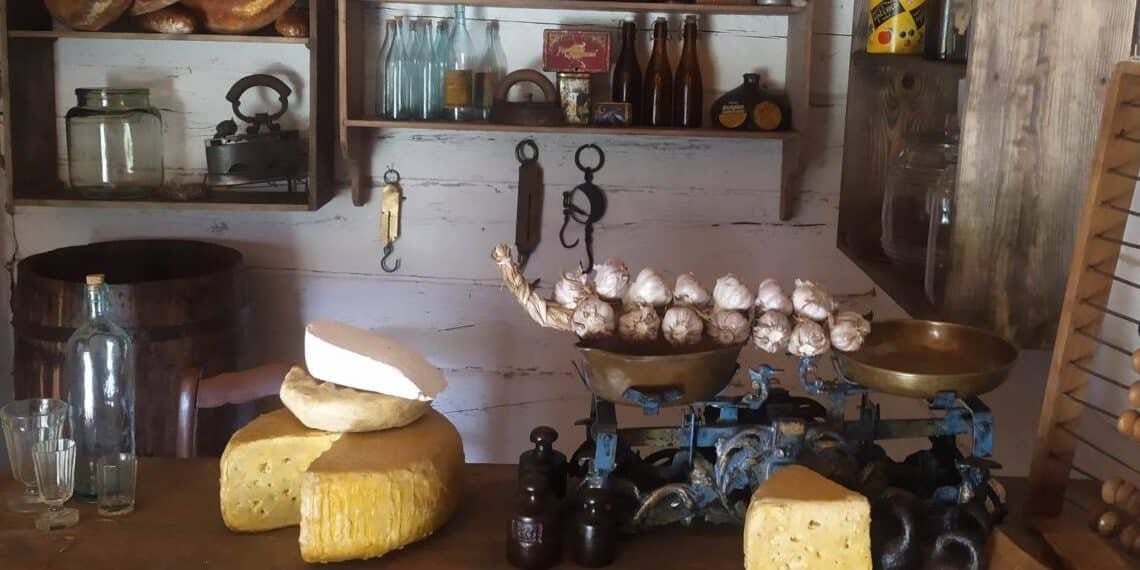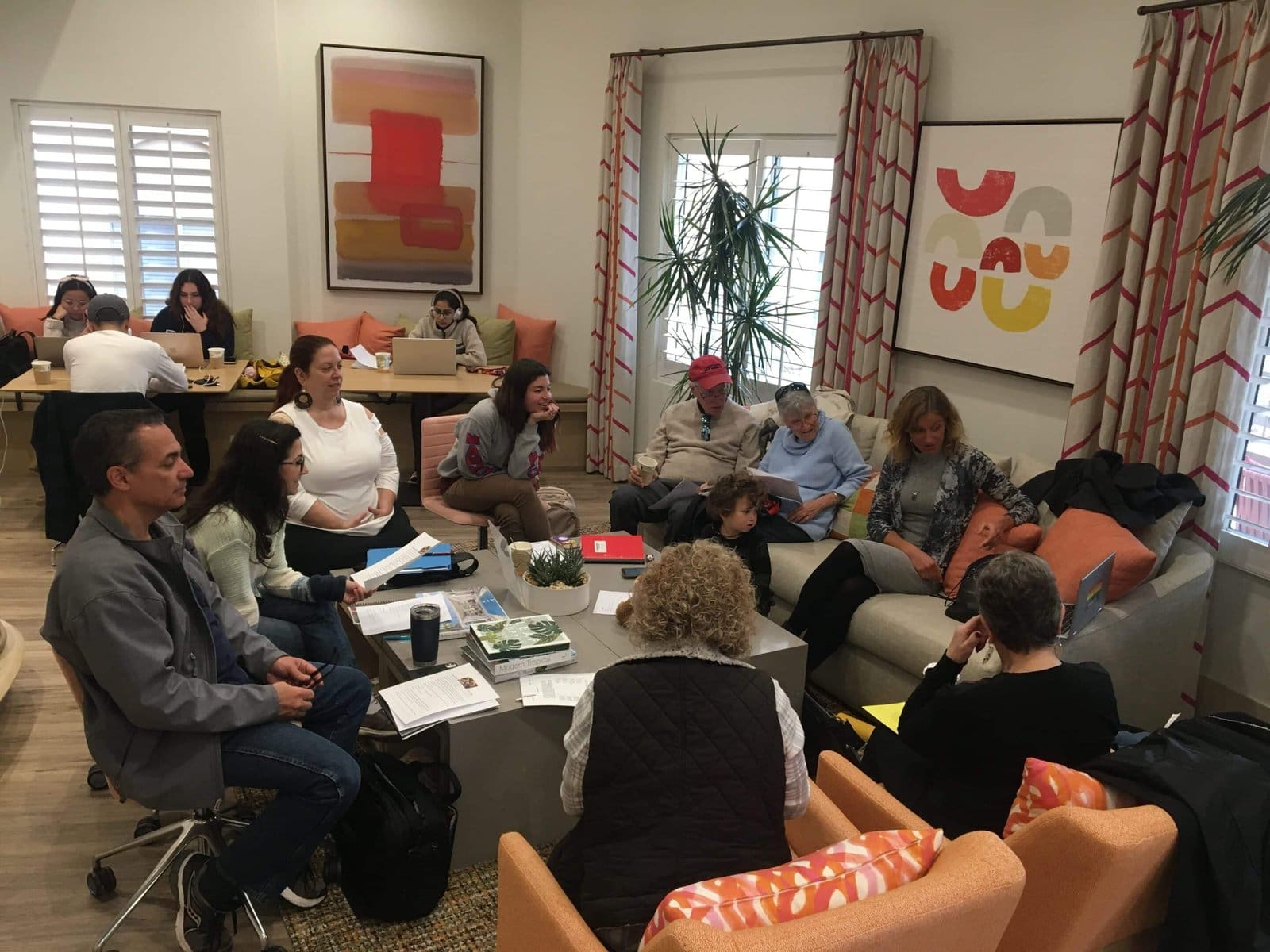Volunteering with YAAANA and Yiddishland California has shown me that, while academics passionately debate the details of Yiddish and produce outstanding books and dictionaries, most Jewish Americans remain distant from their ancestors’ Yiddish heritage. For many families, Yiddish is associated with difficult or negative memories. As Yiddishists, we still have a long way to go—beyond the classroom—to truly reconnect people with their heritage, inspire pride in their Jewish roots, and encourage a celebration of that legacy.

Can Yiddish culture ever become fashionable on a global scale, or is it destined to remain the passion of a select group of college intellectuals, artists, and academics? How can we bring it to the broader public? Might the idea of “Yiddishland” help make that possible? And first, what exactly is Yiddishland?
Yiddishland refers to the cultural and linguistic sphere where Yiddish—the historic language of Ashkenazi Jews—is spoken and cherished. It encompasses both the historical communities of Eastern Europe and today’s worldwide efforts to preserve and celebrate Yiddish language, literature, music, theater, and other cultural expressions.
The term “Yiddishland” was popularized by the Yiddishist movement of the late 19th and early 20th centuries, which aimed to promote Yiddish as a national language for Jews. Institutions like YIVO (the Yiddish Scientific Institute, founded in 1925) played a major role in advancing Yiddish scholarship and culture.
Historically, Yiddishland was centered in Eastern Europe—in countries such as Poland, Lithuania, Belarus, Ukraine, and parts of Russia. In the early 20th century, vibrant Yiddish-speaking communities also developed in the United States (especially New York City) and other places where Eastern European Jews settled.

Today, there is no physical Yiddishland in the traditional sense. Instead, Yiddishland exists as a metaphorical or symbolic space—a global network where Yiddish culture is cultivated and celebrated. This includes educational initiatives such as language classes, university programs, and summer workshops; organizations and groups hosting events, performances, and festivals centered on Yiddish music, theater, and literature; as well as vibrant online communities, forums, and social media groups. Publications—including books, magazines, and journals—continue to publish Yiddish literature and research in many languages.
A prime example is Yiddishland California, an organization that promotes Yiddish culture and education through events, movie screenings, and collaborations with other cultural and educational institutions. Their programs are open to the general public and welcome non-Jewish participants as well.
But what would it mean to establish a permanent, physical Yiddishland in the 21st century? Would it be primarily residential or focused on tourism? How could it ensure safety, sustain itself financially, and offer meaningful activities? Who would lead and run it? These are the questions that guide our vision for the future—outlined at Yiddishland California: The Future Project.
Sustaining such an endeavor would require international collaboration among cultural organizations, strong and dedicated leadership, and active participation from both Jewish and non-Jewish communities. Let’s start the conversation about how to make this vision a reality.
Additional historical references regarding the term “Yiddishland”:
https://www.yiddishbookcenter.org/language-literature-culture
https://www.myjewishlearning.com/article/who-are-ashkenazi-jews/
https://www.myjewishlearning.com/article/sephardic-ashkenazic-mizrahi-jews-jewish-ethnic-diversity/
https://jguideeurope.org/en/region/yiddishland/
https://miamijewishfilmfestival.org/films/2025/welcome-to-yiddishland
https://lajollabythesea.com/listings/yiddishland-california/

